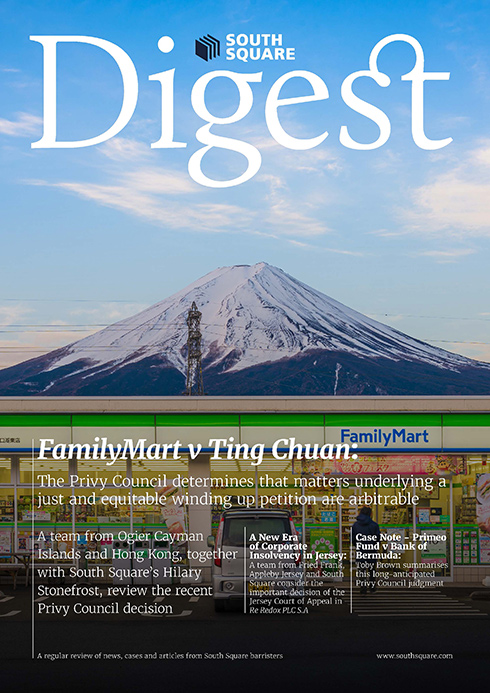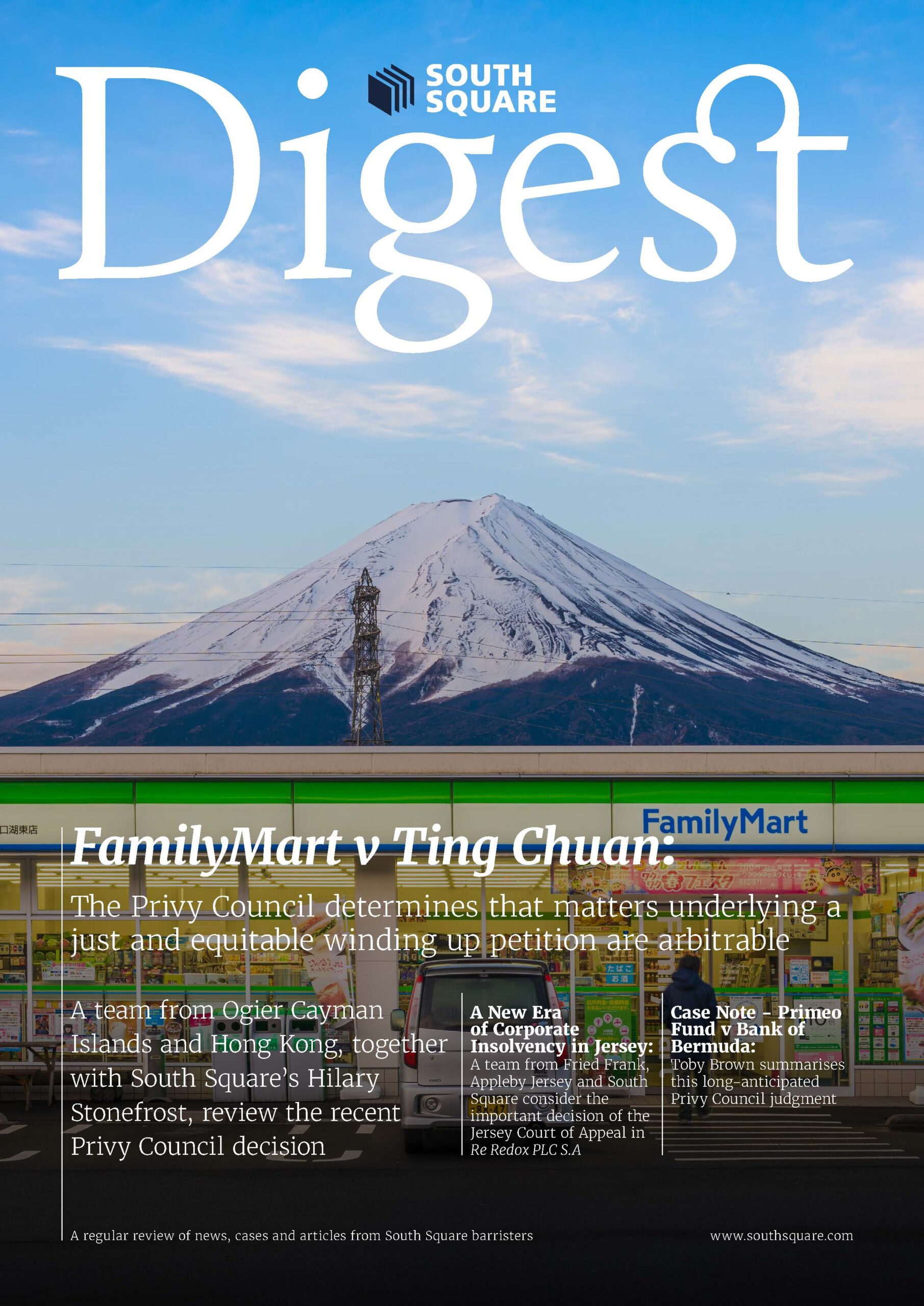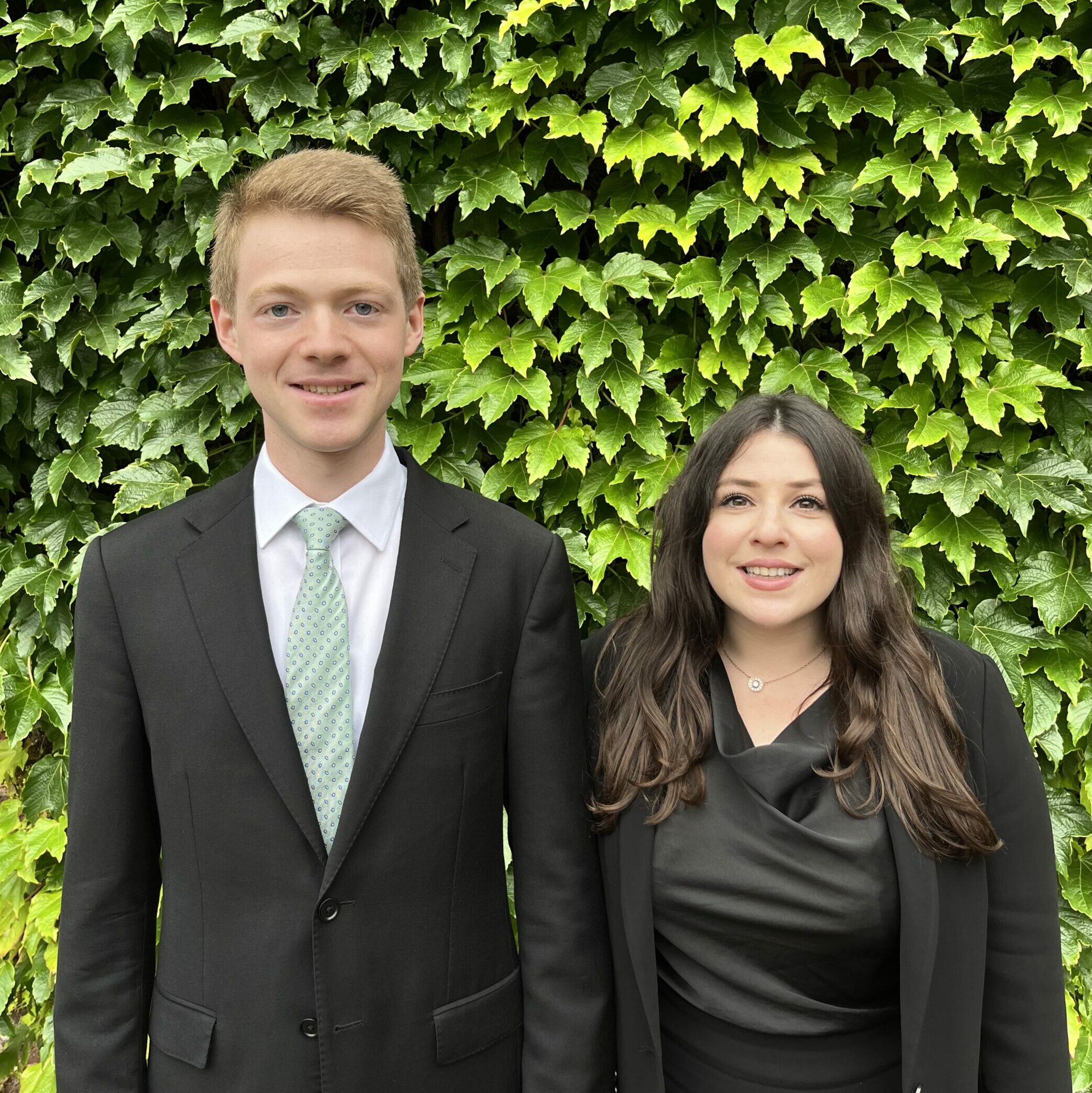
![Brake & Anor v The Chedington Court Estate Ltd [2023] UKSC 29](https://southsquare.com/wp-content/uploads/2024/02/Brake-Anor-1-scaled.jpeg)
By Jon Colclough (South Square)
Introduction
Section 303(1) of the Insolvency Act 1986 (“IA 1986”) provides that:
“If a bankrupt or any of his creditors or any other person is dissatisfied by any act, omission or decision of a trustee of the bankrupt’s estate, he may apply to the court; and on such an application the court may confirm, reverse or modify any act or decision of the trustee, may give him directions or may make such other order as it thinks fit.”
On a literal reading of section 303, the only limit on a bankrupt’s ability to apply to court is that he or she must be “dissatisfied by any act, omission or decision of a trustee”.
However, the courts have held since, probably, 1880 (Re Sidebotham (1880) 14 Ch. D. 458) and certainly since 1949 (Debtor v Dodwell [1949] Ch 236) that section 303 (or its predecessors) is not to be read literally. The right of a bankrupt to apply to court is not untrammelled.
The question for the Supreme Court, on the rather involved facts of Brake v Chedington, was: when does a bankrupt have standing to complain?
Factual Background
It is unfortunately necessary to set out the factual background in some detail to understand the issues that were before the Supreme Court. The bankrupts were a married couple. As well as being bankrupt, they were partners in an insolvent partnership that was itself in liquidation. They lived in a large house in rural Dorset (“the House”). The House was partnership property but had been sold by receivers appointed by the mortgagee. A company owned by a friend of the bankrupts purchased the House and allowed them to continue living there.
Next to the House was a much smaller cottage (“the Cottage”). It was partnership property but was outside the scope of the mortgagee’s security. It therefore vested in the partnership liquidators subject to the bankrupts’ claim that it beneficially belonged to them by way of proprietary estoppel.
The position on the ground was that the House was used by the bankrupts except when it was let to paying guests, usually for weddings. During those periods of time, the bankrupts moved into the Cottage.
A businessman wished to purchase the House. A company he controlled (“the Appellant”) purchased the shares in the company which owned the House. The Appellant employed the bankrupts in the business and they continued to live as before – between the House and the Cottage.
In late 2018, there was a considerable fallout between the bankrupts and the Appellant. The fallout led to litigation on a grand scale. The Court of Appeal recently (in a case involving a dispute between the Appellant and the bankrupts’ trustees – see [2023] EWCA Civ 901) suggested there have been 42 reported decisions arising out of the dispute.
Following the fallout, the Appellant wished to buy the Cottage. A deal could not be reached with the partnership liquidators. However, a deal was reached with the bankrupts’ then trustee (“TIB”). The TIB agreed to buy the Cottage from the liquidators, apply to court to obtain clean legal title and then sell it to the Appellant. In the meantime, the TIB was to grant the Appellant a licence of the Cottage. The TIB was paid a “facilitation” fee of which one third was paid into the bankruptcy estate and two thirds was paid to the TIB or his firm.
The TIB bought the Cottage and entered into the licence with the Appellant. The Appellant then evicted the bankrupts without a court order. In separate proceedings, the bankrupts successfully sued the Appellant for unlawful eviction – see [2022] EWCA Civ 1302.
The bankrupts also applied to court under section 303 IA 1986. Their basic complaint was that they claimed: (i) the TIB hired out his statutory powers to the Appellant, a stranger to the bankruptcy; (ii) the TIB used his powers as trustee for the improper purpose of assisting the Appellant in its private dispute with the bankrupts; and (iii) the TIB entered into a series of agreements which purported to give the Appellant the power to evict the bankrupts from the Cottage, which caused a substantial interference with their possessory rights.
HHJ Matthews struck out the bankrupts’ application on the basis that there was no prospect of a surplus in the bankruptcies (as was common ground). His decision was overturned by the Court of Appeal who held that the bankrupts had a legitimate interest in the relief sought because “their interests were substantially affected by the grant of the Licence, the consequences which flowed from it and [the TIB’s] alleged unlawful acts”.
The Appellant appealed to the Supreme Court.
The Supreme Court's Decision
Lord Richards gave the only judgment, with whom Lord Briggs, Lord Hamblen, Lord Leggatt and Lady Rose agreed.
Lord Richards set out at [9] three central principles that are in play where applications are made against an officeholder, whether under section 303 or section 168(5) (the similar provision applying in liquidations).
(C.1) The first principle: genuine economic interest
First, the starting point is that “subject to very limited exceptions, a bankrupt must show that there is or is likely to be a surplus of assets once all liabilities to creditors, and the costs and expenses of the bankruptcy, have been paid”: at [9].
This first principle is a reassertion of the orthodox view of standing to complain about the actions of an officeholder.
As Lord Richards explained at [13]:
“The processes of bankruptcy and insolvent liquidation are primarily for the benefit of creditors. They necessarily have an interest in the proper administration by the trustee or liquidator of that process. Equally, though, their standing to challenge the trustee or liquidator is limited to matters which affect their interests as creditors under the statutory trust, and not in some other capacity.”
In other words, the insolvency process is primarily for the benefit of those with an economic interest in the outcome. Bankrupts and shareholders in insolvent companies are, to use a popular phrase, “out of the money”. Any value in the insolvent estate breaks in the creditor class.
That is why, as Lord Richards emphasised, bankrupts and shareholders of insolvent companies have very limited rights in an insolvency process. In the bankruptcy context, as Hoffmann LJ explained in Heath v Tang [1993] 1 WLR 1421, “the principle that the bankrupt is divested of an interest in his property and liability for his debts remains fundamental”.
(C.2) The second principle: applying in the right capacity
Second, the Supreme Court explained that a person applying to impugn the acts of an officeholder (whether a bankrupt, creditor, shareholder or someone else) must be applying in respect of a matter which affects them in their relevant capacity.
A good example of this principle is the recent Court of Appeal decision in Lock v Stanley [2022] EWCA Civ 626. A former director and creditor was being sued by the assignee of the liquidators’ claims. She complained about the fact that the claim had not been offered to her prior to the assignment. The court held that she did not have standing – she was not claiming to advance her interests in her capacity as a creditor but, in reality, was in fact seeking to advance her personal interests as defendant, or putative defendant, to the claims being brought by the assignee.
(C.3) The third principle: the limited exceptions
Third, notwithstanding the first principle, there are very limited circumstances in which a bankrupt, or some other person with no direct economic interest in the insolvency process, can apply. However, the subject matter of the application must relate to a “matter which could only arise in a bankruptcy or liquidation and in which the applicant has a direct and legitimate interest” (at [9]). Those limited circumstances include:
Where a bankrupt is applying to annul the bankruptcy on the basis of a payment in full from third party funds; and the bankrupt wishes to challenge the trustee’s remuneration and expenses as part of that process: Engel v Peri [2002] EWHC 799 (Ch).
Where a third party (such as the spouse of a bankrupt) applies to annul the bankruptcy and wishes to challenge the trustee’s remuneration: Woodbridge v Smith [2004] BPIR 247.
Where a third party’s rights are affected by a process or procedure that is “uniquely available” in an insolvency process. An example of this is the exercise by a liquidator of his or her power of disclaimer under section 178 of the IA 1986: see e.g. In re Hans Place Ltd [1992] BCC 737, [1993] BCLC 768.
(C.4) Applying those principles in this case
Applying those principles, the Supreme Court held that the bankrupts did not have standing under section 303 IA 1986:
Their complaint was about their possessory rights in relation to the Cottage, which they alleged were wrongfully interfered with by the TIB acting in that capacity.
However, those possessory rights did not arise “in their capacity as bankrupts” (at [80]). Those rights were entirely independent of the bankruptcy and unconnected to their position as bankrupts.
The bankrupts were, in substance, complaining about things done to them as people who had possession of the Cottage – not as things done to them as bankrupts. It could have been someone entirely unconnected to the bankruptcy who had possession of the Cottage. That person would not be entitled to complain under section 303 and the bankrupts should be in no better position merely because they were bankrupts.
The bankrupts were complaining about alleged breaches of duty by the TIB in circumstances where no duty was owed to them by the TIB. As Lord Richards said at [87]:
“It is contrary to principle for a person to whom a duty is not owed to be able to seek relief in respect of a breach of that duty. If a trustee of a settlement or other trust, or a director of a company, takes steps in breach of fiduciary duty which interfere with the rights of a third party, the third party will have such rights (if any) in tort or otherwise against the trustee or director as the law provides, but the third party will not have any standing to seek relief for breach of fiduciary duty, as that duty is owed to the beneficiaries of the trust or (as the case may be) to the company. There is no reason to suppose that there was any legislative intention to enable such relief to be sought by third parties uniquely against trustees in bankruptcy under section 303(1) or against liquidators under section 168(5) of the IA 1986.”
The bankrupts did not have standing and their section 303 application was dismissed.
















